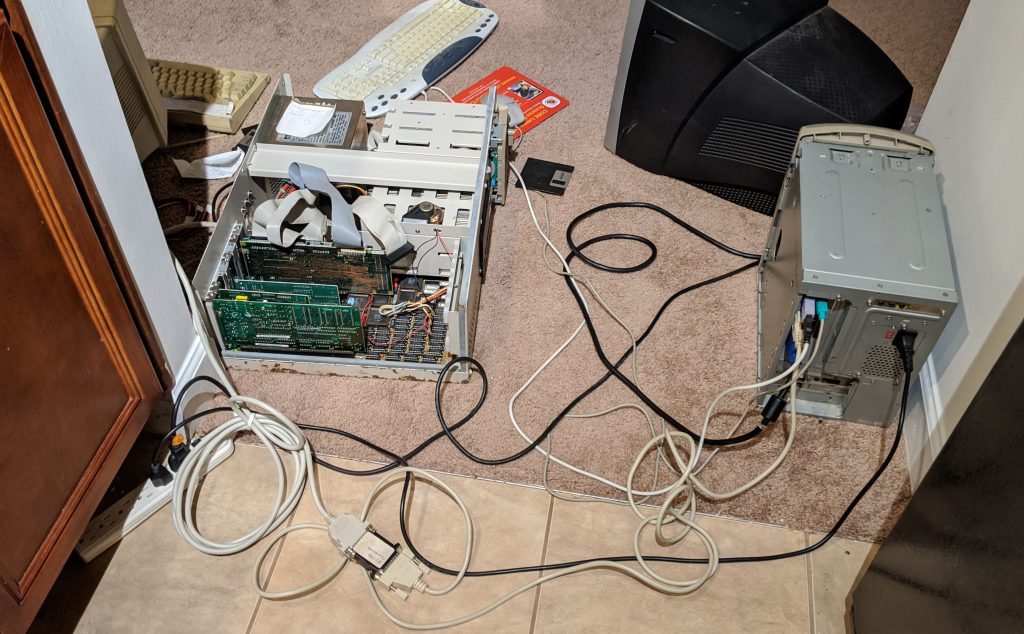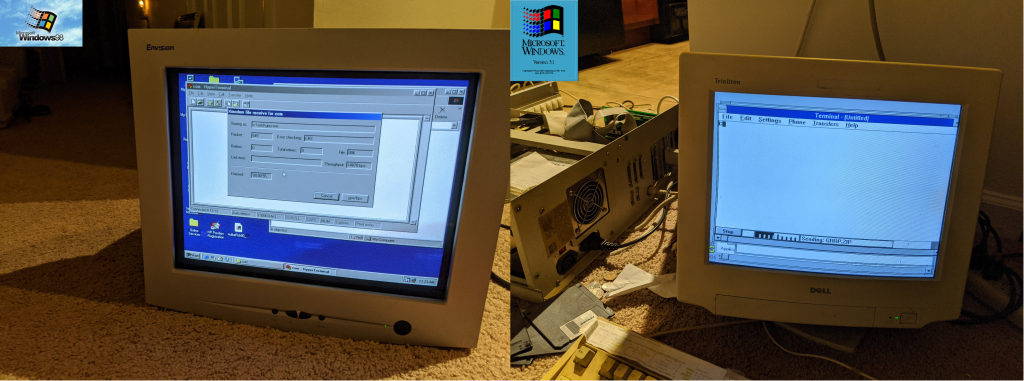I originally wrote this as a reply to a comment on Facebook. The person had two major claims.
- Our government redefined the definition of inflation twice in the 90’s to make sure inflation was always true
- If we used the original definition of inflation then we would have had 5% inflation or higher for the past 10 years
I’d be surprised if US inflation has actually been running at 5% or higher on average for the last 10 years if that’s what you are saying. The problem gets worse if you go extend that all the way back to the 1990s or use a higher rate than 5%.
1. If I look at nominal GDP from Q4 2009 to Q4 2019, I’m seeing US nominal GDP of 14.628T in Q4 2009 and 21.729T in Q4 2019. If I assume 5% geometric average of inflation, that implies an ~ avg 1% decline in real GDP annually and a 9% fall in real GDP over that 10 years in total. I strongly suspect that’s not true.
2. The Billion Prices Project typically followed CPI pretty closely when I followed it. I couldn’t find a recent update to it, but at least when I used to follow this project it tracked official CPI well. I’m not sure how closely they followed the BLS methodology and just had more timely and larger datasets. I don’t know of anyone that has built a bottom-up alternative CPI that has held up to any scrutiny. If somebody has done this, I’d be very interested to know what they did.
3. According to the official numbers, I’m seeing a cumulative increase in prices of 13.6% in Eurozone, and 19% in the last 10 years (A 5% inflation rate implies a 62.8% change in prices over 10 years). EUR/USD average exchange rate in 2009 was 1.39, 1.33 in 2010…1.12 in 2019. While there are many events and short term speculation that affect exchange rates, a higher US inflation rate would tend to lead towards deprecation of USD versus EUR which we’re not seeing. The Yen has appreciated against the USD in the last 10 years (in 2009 Dollar bought 93.68 Yen,in 2019 the exchange rate was 109 but the reported inflation rate in Japan is something like 0.5% annually for the last 10 years) I suppose other countries could have similarly flawed methodologies as well, but I know even less about how inflation is calculated in Japan or Eurozone.
GDP figures – https://fred.stlouisfed.org/series/GDP
Eurozone Inflation – https://www.in2013dollars.com/Euro-inflation
Japan Inflation – https://www.in2013dollars.com/japan/inflation
JPY/USD – https://www.macrotrends.net/2550/dollar-yen-exchange-rate-historical-chart
EUR/USD – https://www.macrotrends.net/2548/euro-dollar-exchange-rate-historical-chart



